


Mantis Fist Forms
-
Payment


-
Origin
China Mainland
-
Minimum Order
1
-
Packing
Pieces
- Contact Now Start Order
- Description
Product Detail
Equipped with a good study and train mantis fist forms school in China, it is one of the good Chinese martial arts mantis fist forms masters. If you want to get mantis kungfu forms, mantis gongfu forms, tanglang quan forms, praying mantis boxing forms training, we must be your best choice.
There are several styles of Northern Praying Mantis, the best known of which are:
Seven Star Praying Mantis Boxing (Chinese: ?????; pinyin: qi xing tángláng quán). This style, the original and oldest within the Northern Praying Mantis family, was created over 350 years ago by Wong Long and is widespread in the [[Shandong Province]] and surrounding areas]. Luo Guangyu (???) is known for having passed down this style to Hong Kong and other parts of Southern China, where it is still practiced today. Seven Star is considered by many as the 'hardest' of the Praying Mantis styles, however it still utilizes soft-hard principles and is classified as a soft-hard style.
Plum Blossom Praying Mantis Boxing (Chinese: ?????; pinyin: méihua tángláng quán). it is widespread in Shandong Province, Jilin, Liaoning andSouth Korea. Though heavily influenced by the development of Taiji Mantis of Cui Shoushan and Wang Yushan, Taiji Plum Blossom of Hao Family, Taiji Mantis of Zhao Zhuxi and Babu Mantis of Wei Xiaotang in the early 1900s, the art traces its lineage directly from Li Bingxiao (b.1700s) to Zhao Zhu to Liang Xuexiang (1810–1895). Liang Xue Xiang (alternately listed as living from 1790-1860) was mentioned prominently by the Korean Branch of the Mei Hua Tang Lang as the "creator of the Plum Flower Branch of Praying Mantis Boxing and was the first master to use the name "Plum Blossom". Liang Xuexiang's disciples, mainly Jiang Hualong, Liang Jingchuan, Sun Yuanchang, Hao Hong and Xiu Kunshan are responsible for popularization of this style in the 20th century while Lin Ping Jiang, an emigre of the 1940-s is known to have come from Shantong province to teach Praying Mantis in the area of Seoul, Korea.
Taiji Praying Mantis Boxing (Chinese: ?????; pinyin: tàijí tángláng quán). Today this style is represented by two distinct lineages. The first one is that of Cui Shoushan and Wang Yushan and is based on Song Zide and Jiang Hualong's Plum Blossom teachings in Laiyang, Shandong Province. It is popular in Laiyang, Yantai, Qingdao, Dalian, North America, Russia, France and Spain. The second lineage can be traced to Sun Yuanchang's Plum Blossom, who was yet another disciple of Liang Xuexiang. It's best known progenitor is Zhao Zhu Xi, who is said to have taught (both directly and indirectly) thousands of students during his lifetime in Vietnam and Hong Kong, who have since spread to all corners of the globe. He was given the Cantonesenickname Chuk Kai, meaning "Bamboo Creek", for a famous battle he fought with bandits at that location. This style has since become prevalent in places such as Korea, Hong Kong, Vietnam, and North America.
Taiji Plum Blossom Praying Mantis Boxing (Chinese: ???????; pinyin: tàijí méihua tángláng quán). This style is, historically, a combination of two different lineages of Mantis: Taiji Mantis and Plum Blossom Mantis. This style is widespread in Yantai, Qingdao, Beijing, Dalian,Harbin, etc. What is now called Taiji Plum Blossom traces its lineage to Hao Lianru (???)—a disciple of Liang Xuexiang, his sons Hao Henglu, Hao Hengxin and his grandson Hao Bin. The later three combined both Taiji Mantis and Plum Blossom in the early 20th Century, creating the current style. Hao Lianru's five sons have since spread the style elsewhere. This style is well known for its large, two-handed sword, and for being somewhat 'softer' than Seven Star Praying Mantis.
Six Harmony Praying Mantis Boxing (Chinese: ?????; pinyin: liù hé tángláng quán). Known as the 'softest' or most 'internal' of the Praying Mantis styles, Six Harmony was passed down by Ding Zicheng (???), whose students taught in Shandong Province as well as Taiwan. Six Harmony Praying Mantis has a very different curriculum, with unique routines not found in other Praying Mantis styles.
Eight Step Praying Mantis Boxing (Chinese: ?????; pinyin: ba bù tángláng quán). This style was originally conceived by Jiang Hua Long (???), and was further refined by his principle disciple of the style, Feng Huanyi (???), which was passed down by his disciple Wei Xiaotang (???) in Taiwan. Which was passed down to his disciple Shyun Guang Long (???) the style is taught in Taiwan by Master Tso Hsien Fu,a disciple of Wei xiaotang..
Rare styles
Other, less widespread styles include:
Shiny Board Praying Mantis Boxing (Chinese: ?????; pinyin: guang ban tángláng quán). Also known as "flat plate" or "hidden grip" Praying Mantis.
Long Fist Praying Mantis Boxing (Chinese: ?????; pinyin: cháng quán tángláng quán). Influenced strongly by Long Fist boxing. The style is taught in Taiwan by students of master Gao Dao Shen.
Throwing Hand Praying Mantis Boxing (Chinese: ???????; pinyin: shuaishou méihua tángláng quán). This style was passed down by Bao Guangying from Shandong Province. He taught in Hong Kong and Guangzhou.
Secret Gate Praying Mantis Boxing (Chinese: ?????; pinyin: mì mén tángláng quán). This style was passed down by Zhang Dekui (???) inTaiwan and is a variation of Taiji Mantis.
Ma (Horse) Family Praying Mantis Boxing (Chinese: ?????; pinyin: ma jia tángláng quán). Passed down by Ma Hei Long (???) in Northern China after fleeing the cultural revolution. His top student Ma Qing Long was the first to teach the style to the public.
- Baji Features 1 Pieces / (Min. Order)
- Baji Fist Forms 1 Pieces / (Min. Order)
- Sandas 1 Pieces / (Min. Order)
- Wudang Traditional Kungfu 1 Pieces / (Min. Order)
- Wudang Taichi Boxing 1 Pieces / (Min. Order)
- Chikung Techniques 1 Pieces / (Min. Order)
- Chikung Forms 1 Pieces / (Min. Order)
- Chikung Practice 1 Pieces / (Min. Order)
- Wing Chun Wooden Dummy 1 Pieces / (Min. Order)
- Wing Chun Characteristics 1 Pieces / (Min. Order)
- Sticking Hand 1 Pieces / (Min. Order)
- Wing Chun Forms 1 Pieces / (Min. Order)
- Shaolin Chikung Forms 1 Pieces / (Min. Order)
- Shaolin Fist Forms 1 Pieces / (Min. Order)
- Xingyi Weapon 1 Pieces / (Min. Order)
- Taichi Weapons 1 Pieces / (Min. Order)
- Taichi Pushing Hand 1 Pieces / (Min. Order)
- Taichi Forms 1 Pieces / (Min. Order)
- Taichi And Taichi Regimen Theories 1 Pieces / (Min. Order)
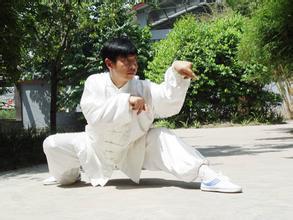


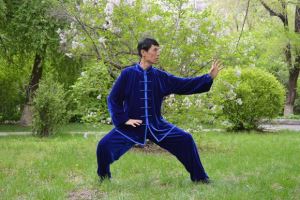

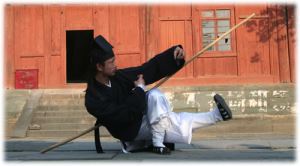
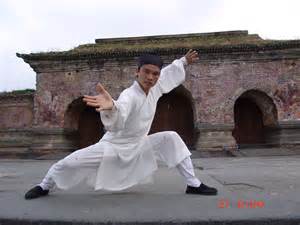
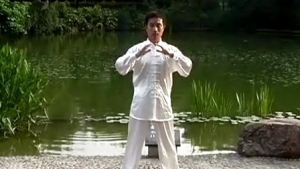
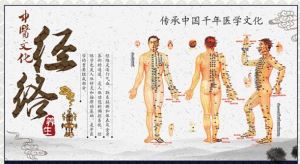
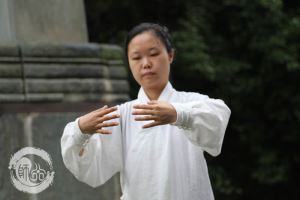

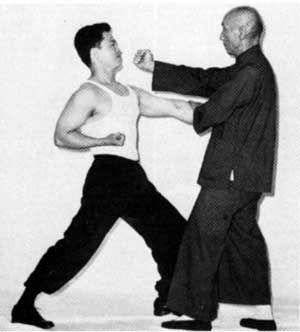
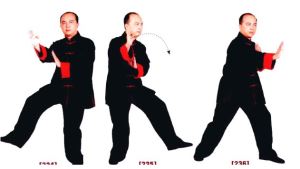


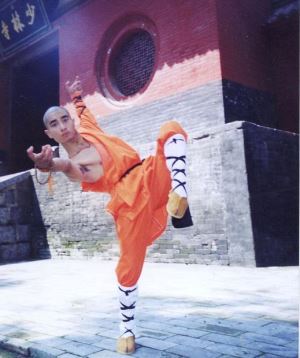
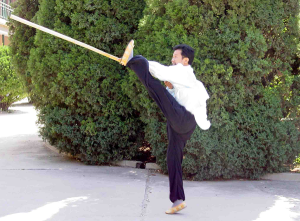
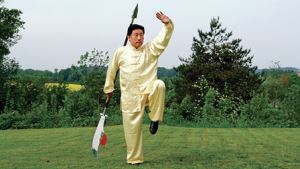
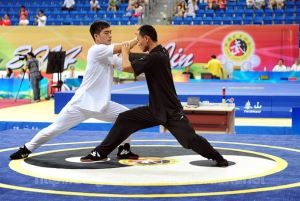
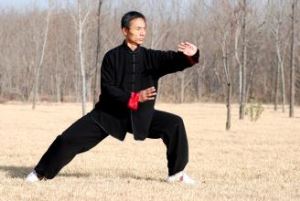

 Favorites
Favorites
